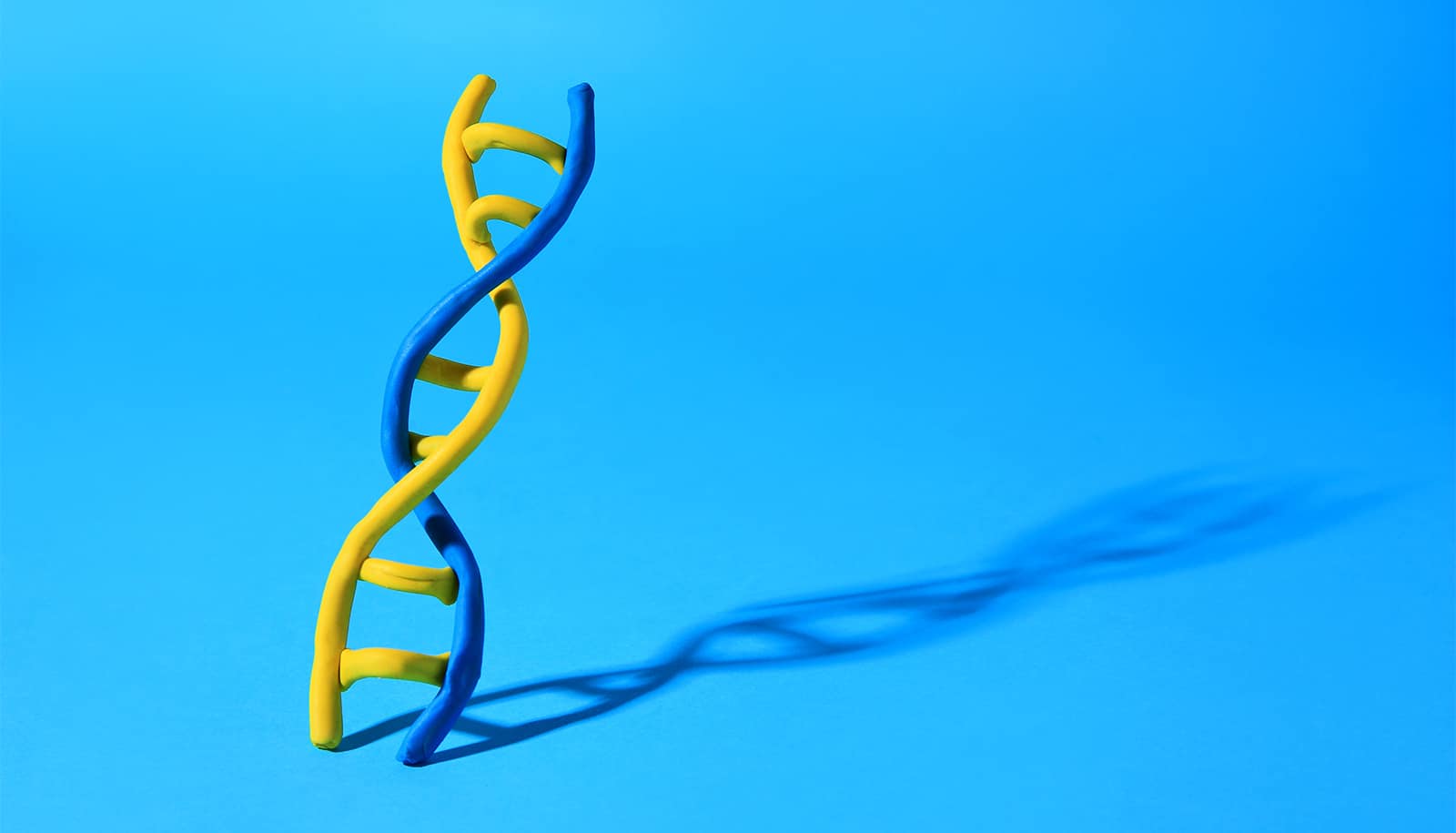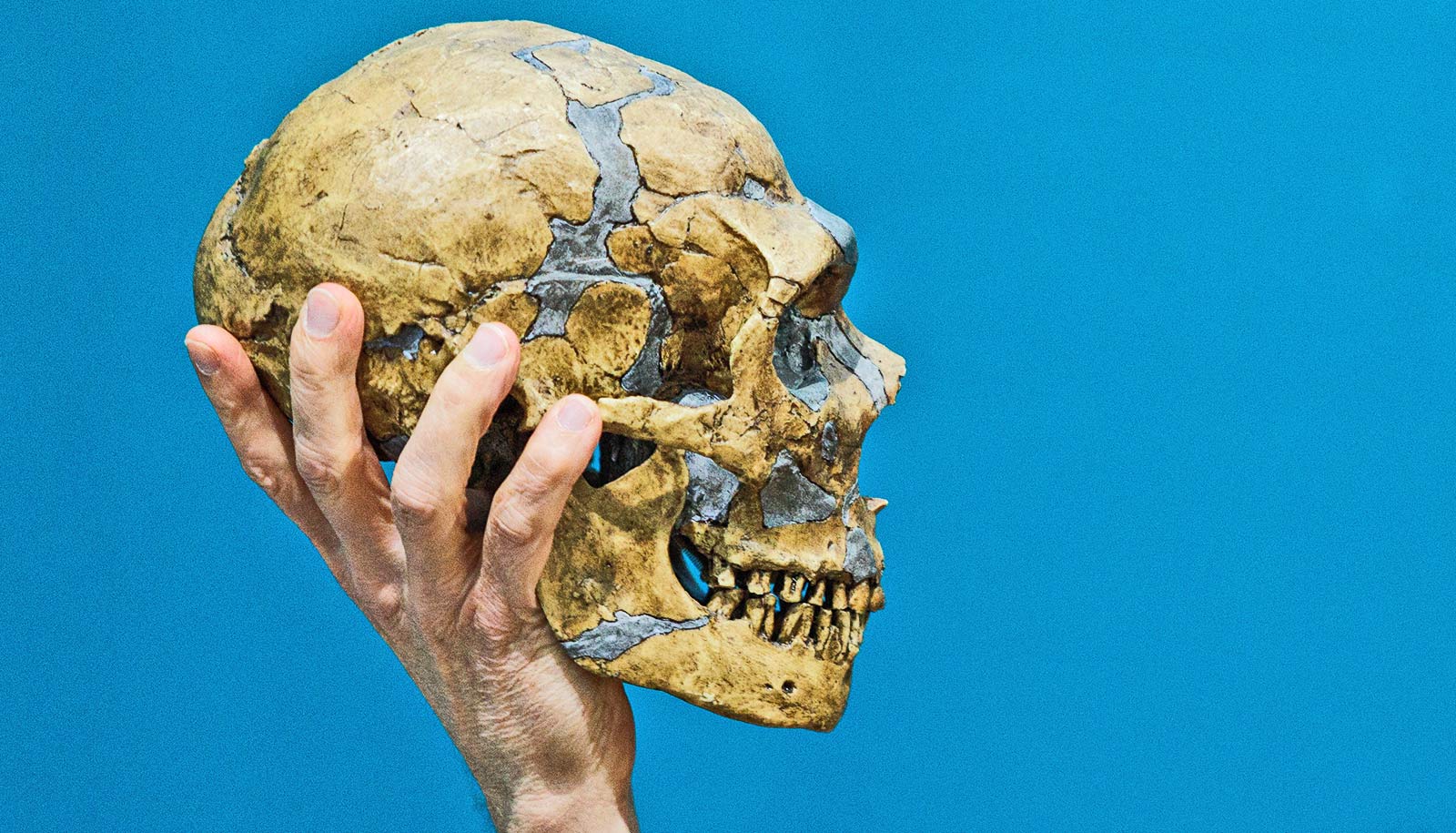Researchers have developed a technique that offers new insight into “cellular memory.”
The cells in our body divide constantly throughout life. But how do cells remember whether to develop into a skin, liver, or intestinal cell? It’s a question that has puzzled scientists for many years. With the new research, scientists have come a little closer to understanding the process.
Using the technique, called SCAR-seq, the researchers have been able to address how epigenetic information stored in histone proteins is transmitted when DNA is copied and cells divide.
“We knew that histone-based information had to be transmitted to both new DNA strands in one way or another, but we did not know how…”
“We have developed a new tool to look at the transmission of protein-based information in general and how it contributes to epigenetic memory of mammalian cells. For the first time, we can see which proteins are on the two new DNA strands that are formed when DNA is copied during cell division. Thus, we can now investigate how protein-based information is inherited and propagated to daughter cells.”
“This is the first time we have direct evidence that a specific protein is linking the transmission of epigenetic information on histones with the replication of genetic information in DNA. We knew that histone-based information had to be transmitted to both new DNA strands in one way or another, but we did not know how,” says study coauthor Anja Groth, professor at the Biotech Research & Innovation Center at the University of Copenhagen.
Inside the human cell, our DNA wraps around histone proteins. Together they form a structure called chromatin. When a cell divides, it’s crucial that both the DNA and the entire chromatin structure are copied accurately.
Chromatin stores epigenetic information that affects which genes will be expressed. That is, the epigenetic information in our cells helps to control which genes are “turned on” and “off”.
In the new study, the researchers studied embryonic stem cells from mice. With SCAR-seq, they identified a protein that is responsible for transfer of histone proteins from the old DNA strand to the two new DNA strands during replication. The protein is called MCM2.
The researchers have had MCM2 in their working model for a long time, but it wasn’t possible to determine its exact function before the development of the SCAR-seq technology.
“It has been a recurring question whether the transfer of histones with their chemical modifications was completely random during DNA replication. In our study, we show that it is not a random but a highly controlled process,” says coauthor Robin Andersson, an assistant professor in the biology department.
Cell ‘railways’ adapt to be as useful as possible
“Our data show that the histones have a preference for one DNA strand, the so-called leading strand, but that MCM2 counteracts this bias and ensures that there is almost symmetry between the two new DNA strands, that is, an even distribution of histone-based information,” he says.
“When we disrupted that mechanism, all histone-based information was transferred to one DNA strand, namely the leading strand, and not to the other, lagging strand. This means that this function by MCM2 is essential for the two new DNA strands to receive the same information stored in histones.”
The researchers do not yet know how the disruption of the MCM2 function that ensures proper segregation of the histones affects the ability of embryonic cells to form other cell types, or, in other words, whether these cells still can contribute to the formation of an entire mouse.
Scientists frequently discuss how important histone information actually is for a cell identity and cell fate decisions. This will be the next question the researchers will investigate.
“Understanding this first part of the mechanism for how daughter cells inherit histones and their modifications from the mother cell has a lot of potential. Now, we can start to address what significance this transfer of protein-based information actually has for the cell and for the development of the organism. That is our long-term perspective,” says Groth.
These proteins keep stem cells ‘immature’
The new study appears in Science. Support for the work came from the Independent Research Fund Denmark, the European Research Council, the Novo Nordisk Foundation, and the Lundbeck Foundation.
Source: University of Copenhagen



